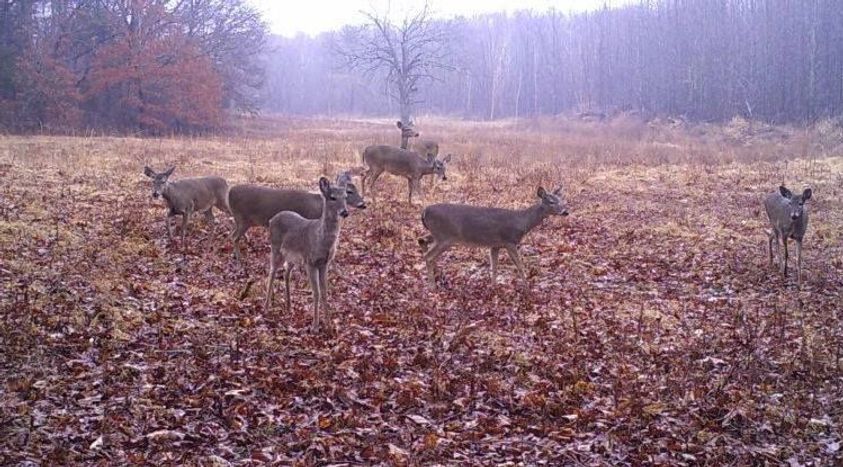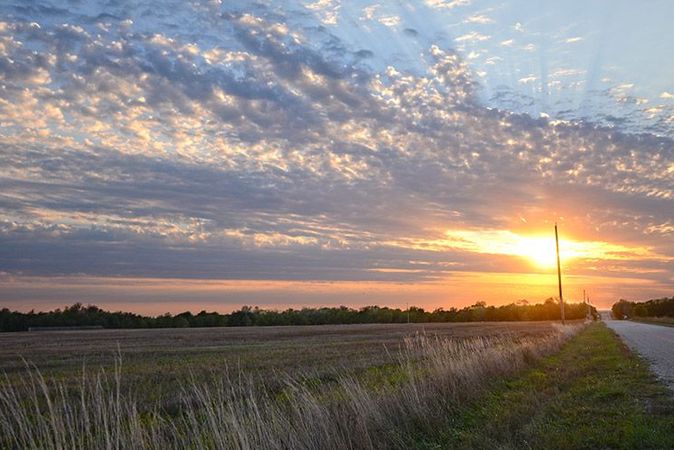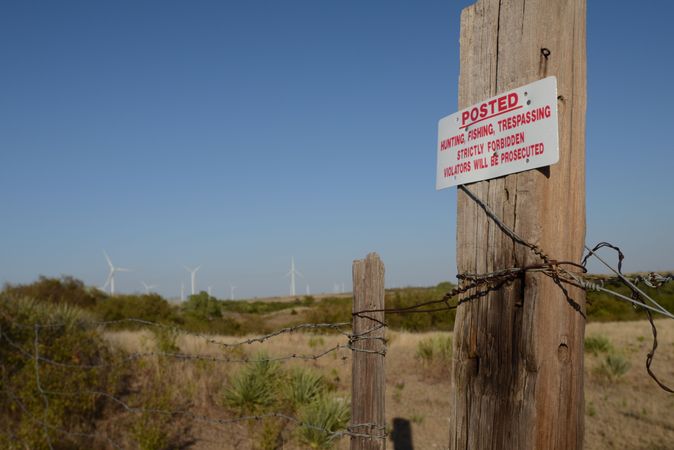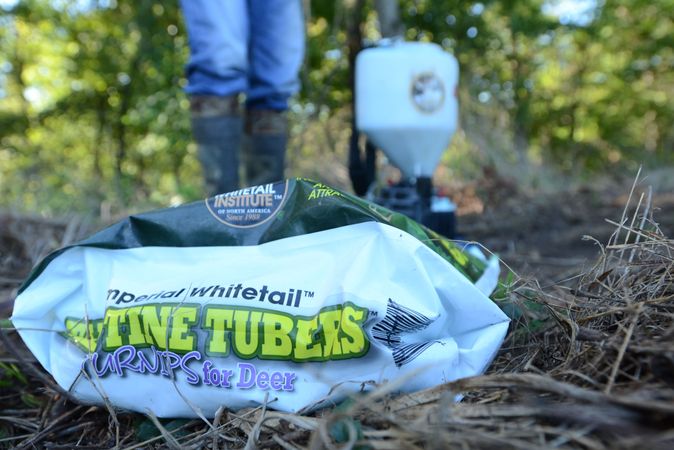Sweat trickled down my sides as I stood waiting. My hands burned and itched from the swarm of mosquitos making a feast of the parts of me that weren’t even exposed. The old doe continued hobbling down the fence row in a line that would bring her 15 yards out in front of my stand. Broadside. A chip shot.
I knew she’d be here. Knew from the hundreds of trail camera photos she’d appeared in throughout the summer. And the summer before. The one before that too. How she’d lost her front right leg is no business of mine and I doubt if she ever cared if I knew. Some scars are worn more proudly than others.
Twenty yards now to my left. With her head down, grazing, I drew my bow. A few more steps, head still down, the 15-yard pin settled on her vitals. I tapped the release.
I was satisfied with the outcome - the meat in the freezer, the conservation effort. Our farm isn’t a large one though there’s still the need to take some does out of the herd each year. She was the perfect target - roughly four and a half years old, she hadn’t produced offspring, and fat enough to make several pounds of my favorite cuts of venison.
When deer density exceeds available habitat, the health of the herd will suffer. This is when it’s time to make a concerted effort to reset the balance by not just shooting some does but also doing your part to increase the quality of the habitat. Here are several benefits of harvesting does out of the herd and the best time to do so.
A Balanced Sex Ratio
If there are too many does in your deer herd, there is a good chance they may not be bred upon their first estrous cycle. Simply put, the local bucks may not have time to make the rounds to each doe if there are too many. A surplus of does also means a protracted breeding season where they’ll likely enter a second and possibly third estrous cycle in the late winter.
The gestation period of a whitetail deer is 201 days. If a doe is bred as late as February, she won’t give birth until early fall when the vegetation is not as plentiful or healthy. Most grasses begin to “harden” for winter at this point. Fawns born too long after spring have less of a chance of making it through the winter and will be less healthy than those born earlier. Plus, young bucks won’t develop solid racks. To allow bucks a chance to breed almost all the does in the area, reduce the population.
Plus, if a buck doesn’t have to travel far to find a doe in estrous, you as a hunter won’t have as many opportunities to fill your tags. With a prolonged breeding season, bucks are going to enter the spring and summer months much more worn down than they would with a shorter, more intense rut. The post-rut recovery will be much slower and their lifespan shorter.
Good for Fawns
Increased fawn production and recruitment is another benefit of harvesting does. A herd of just 20 healthy does will produce more fawns than 40 that are in poor condition. These young deer will have a much higher survival rate if their mother is healthy.
According to Doctor Deer, James Kroll, the doe probably contributes as much as 70 percent to the antler equation, not just half as most would suggest, the thinking that the buck must present an even share. “However, there’s more than one gene involved,” he said. “And factors such as her ability to produce milk, which are the same factors that go into antler growth; her social position, so her personality; her ability to efficiently convert nutrients for the milk, body, antlers, etc. are very, very important.” Two female fawns with the same father yet different mothers may produce bucks throughout their lifetimes that are complete opposites. One may produce trophy bucks while the other gives birth to bucks with poor antler quality.
When to Kill Does
Now that we know some of the benefits of killing does each season, we need to figure out the best time to do it. Do you target does right away during the early season? Or should you wait in order to kill a buck first?
We say early is better, and for several reasons. First, there isn’t as much hunting pressure in September, making does less cautious and more available. Second, button bucks are still rather small in September whereas they may be almost as big as a mature doe later in the season. Deer identification couldn’t be more important here.
Third, thinning early means that bucks will have less opportunity to breed when the does go into estrous. This can help intensify the rut, giving hunters more sightings of bucks. Fourth, if you’ve been implementing sound deer management practices for several seasons, waiting too late runs the risk of shooting a doe pregnant with a future trophy.
The benefits of harvesting does early season outweighs waiting until it's nearly over.
Lastly, when there is a doe quota to be met, the enthusiasm among hunters is usually higher early season. Come January your friends and family may have decided to call it a year. After it’s done, then the pressure to either make the quota or fill your freezer is gone and you can concentrate on the next wall hanger.
Always be cognizant of button bucks. We can’t stress this enough. This is the biggest mistake hunters make while trying to manage a sustainable deer program. Accidents will happen, of course, but you should be able to avoid killing young bucks by either waiting for other deer to come around to compare size, having great optics or not pulling the trigger. Also, when we think about the benefits of harvesting does, we could come up with a whole section on our favorite ways to cook tenderloin, backstrap, cube steak… But we’ll save that for perhaps another day.







